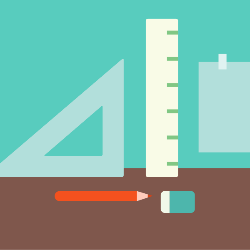Erase inpainting, or object removal, aims to precisely remove target objects within masked regions while preserving the overall consistency of the surrounding content. Despite diffusion-based methods have made significant strides in the field of image inpainting, challenges remain regarding the emergence of unexpected objects or artifacts. We assert that the inexact diffusion pathways established by existing standard optimization paradigms constrain the efficacy of object removal. To tackle these challenges, we propose a novel Erase Diffusion, termed EraDiff, aimed at unleashing the potential power of standard diffusion in the context of object removal. In contrast to standard diffusion, the EraDiff adapts both the optimization paradigm and the network to improve the coherence and elimination of the erasure results. We first introduce a Chain-Rectifying Optimization (CRO) paradigm, a sophisticated diffusion process specifically designed to align with the objectives of erasure. This paradigm establishes innovative diffusion transition pathways that simulate the gradual elimination of objects during optimization, allowing the model to accurately capture the intent of object removal. Furthermore, to mitigate deviations caused by artifacts during the sampling pathways, we develop a simple yet effective Self-Rectifying Attention (SRA) mechanism. The SRA calibrates the sampling pathways by altering self-attention activation, allowing the model to effectively bypass artifacts while further enhancing the coherence of the generated content. With this design, our proposed EraDiff achieves state-of-the-art performance on the OpenImages V5 dataset and demonstrates significant superiority in real-world scenarios.
翻译:暂无翻译




